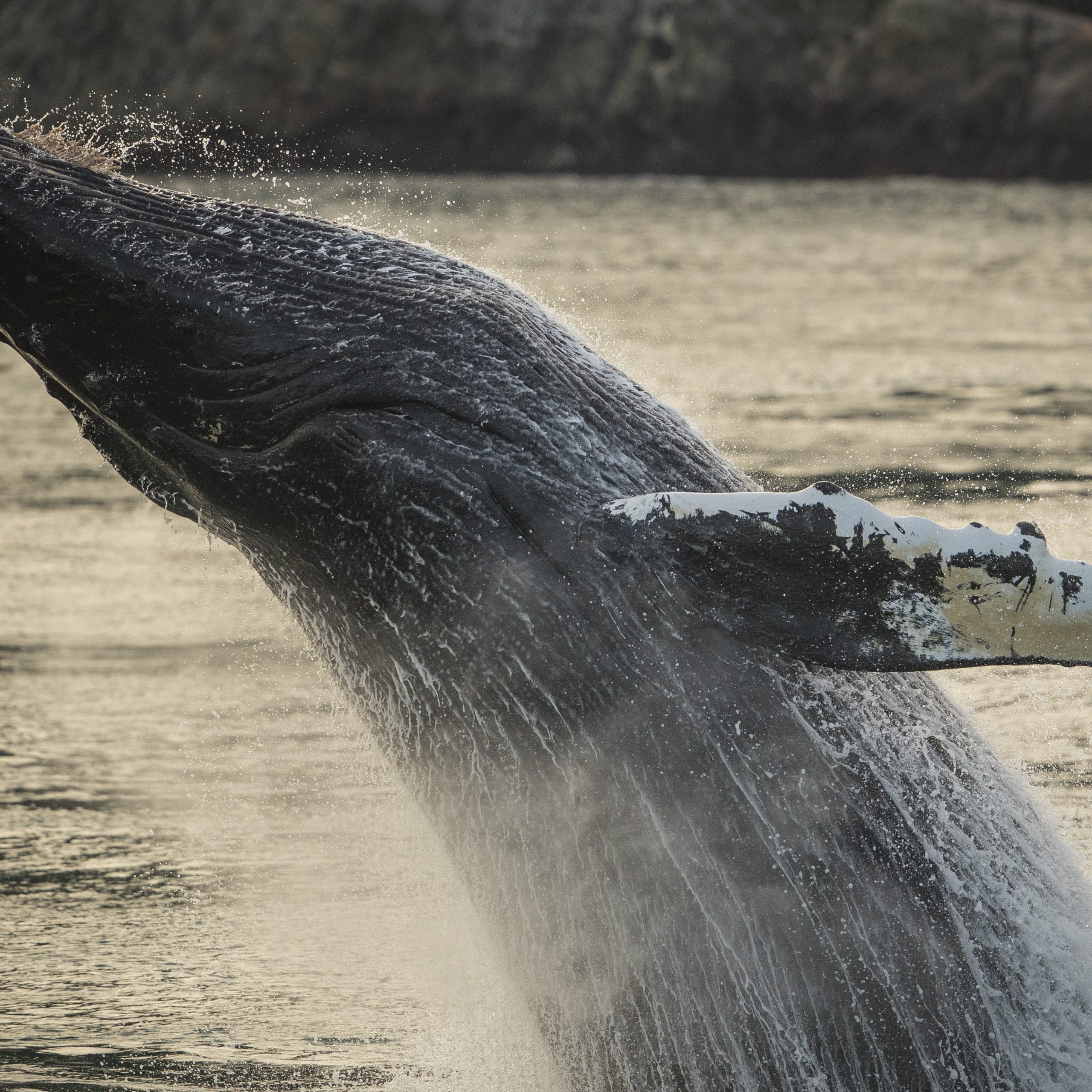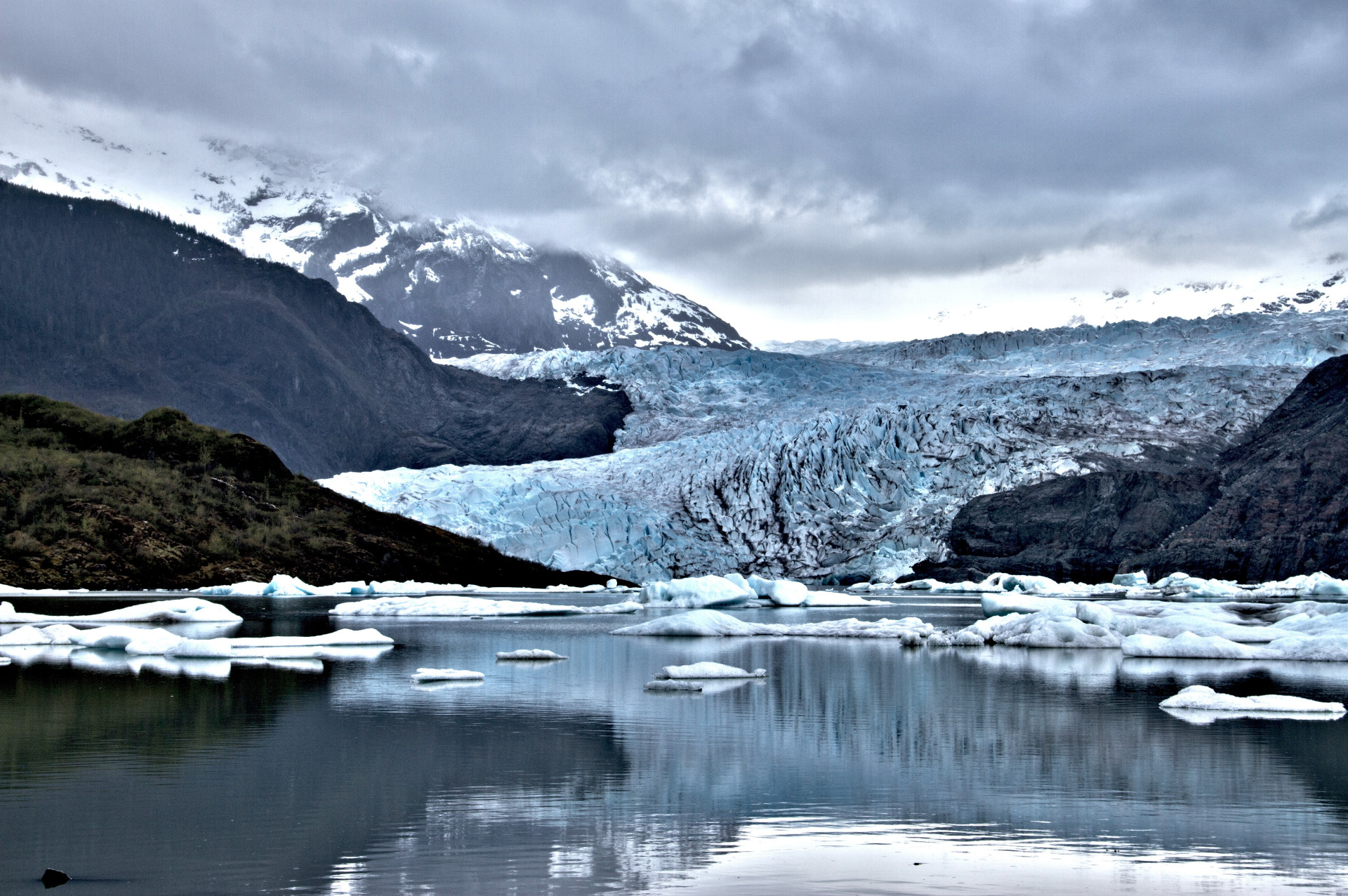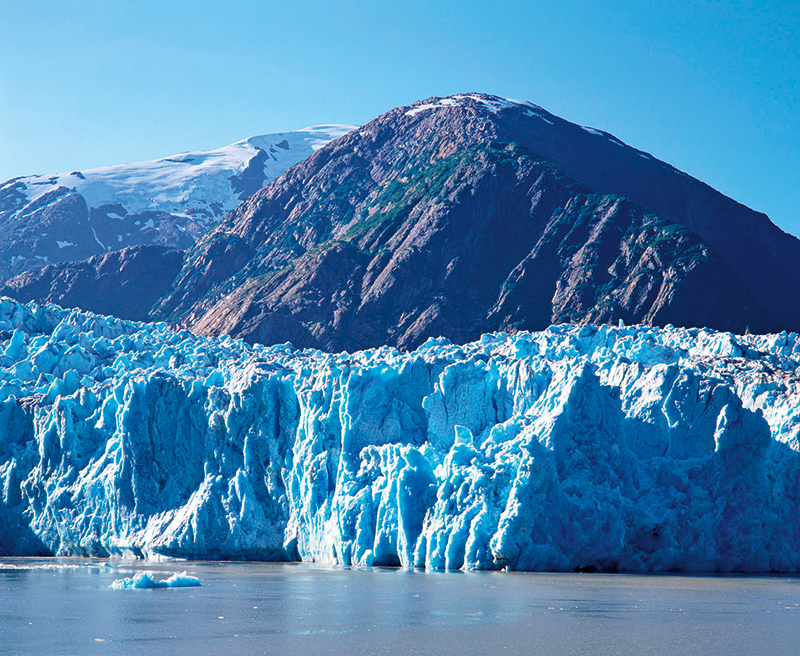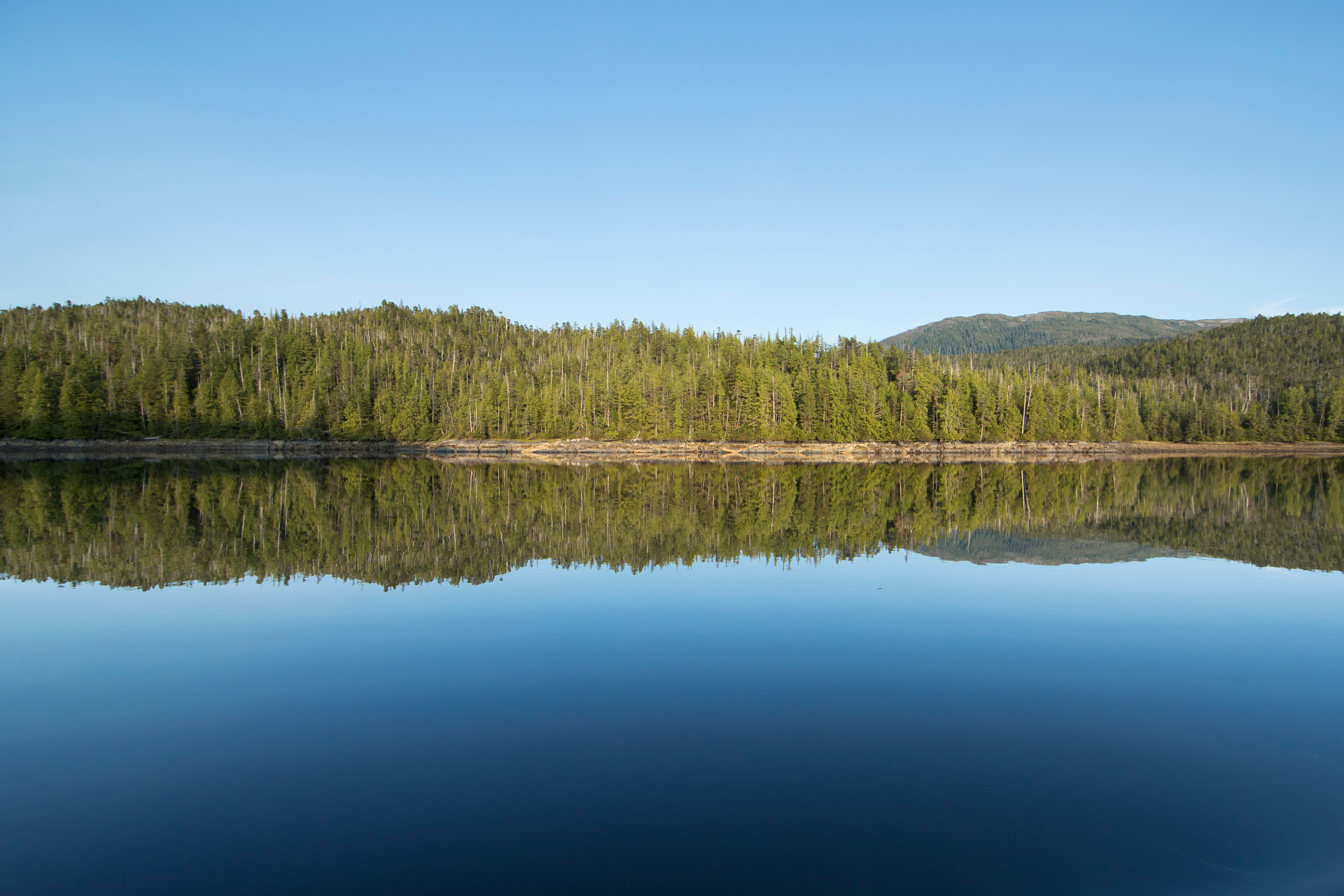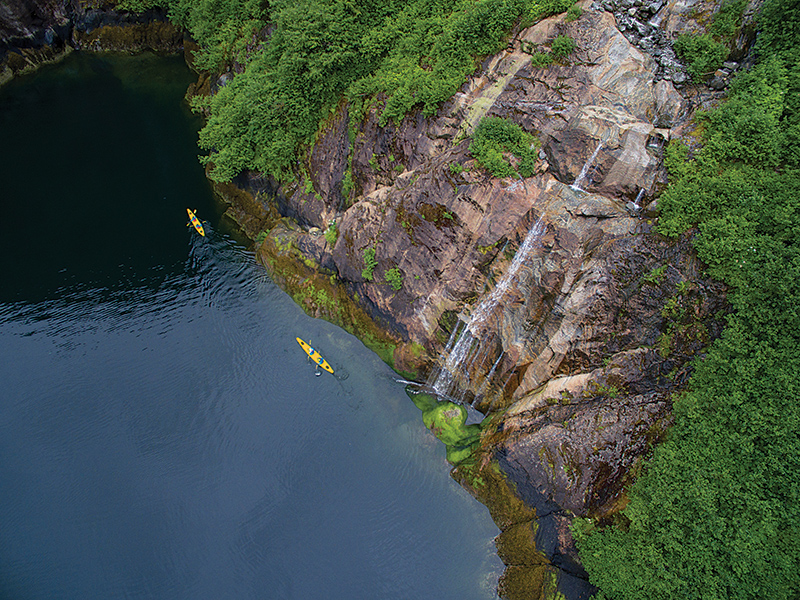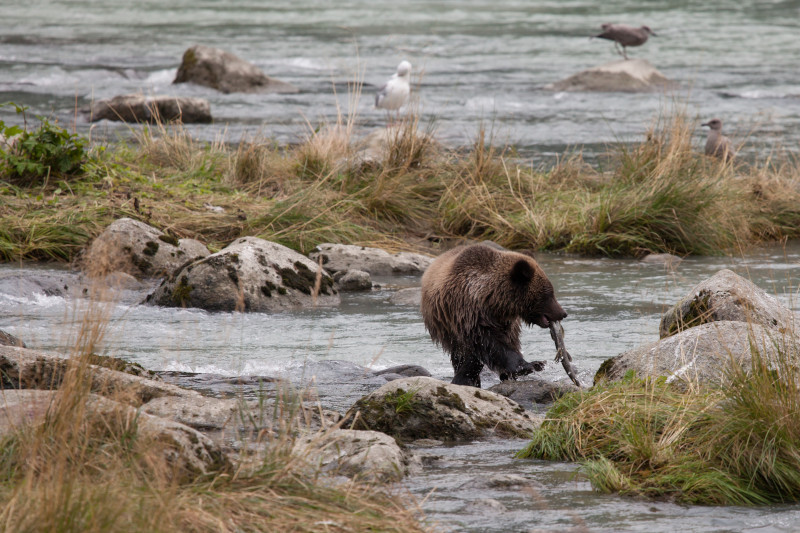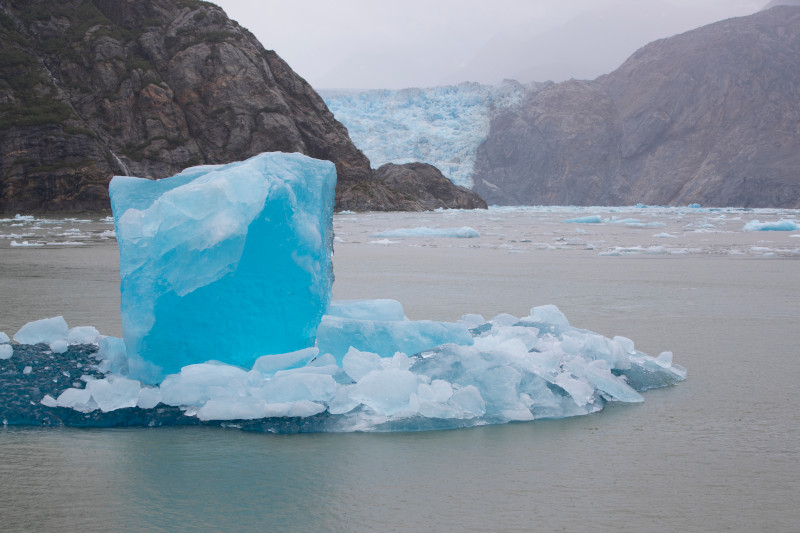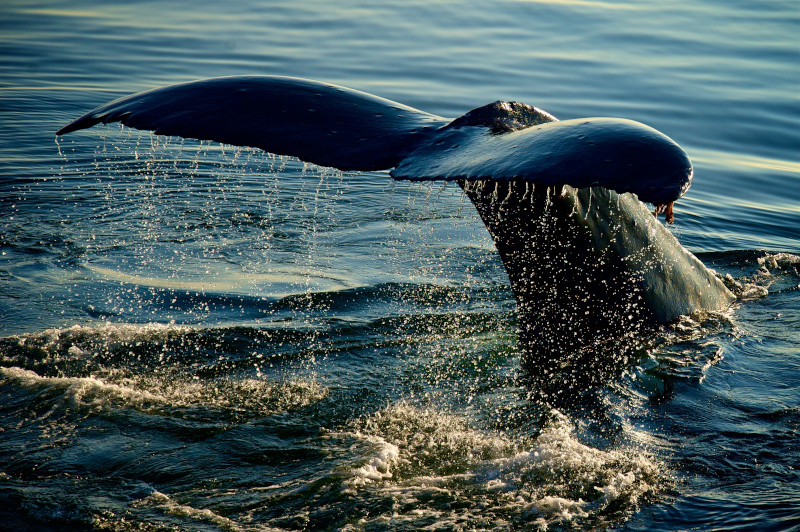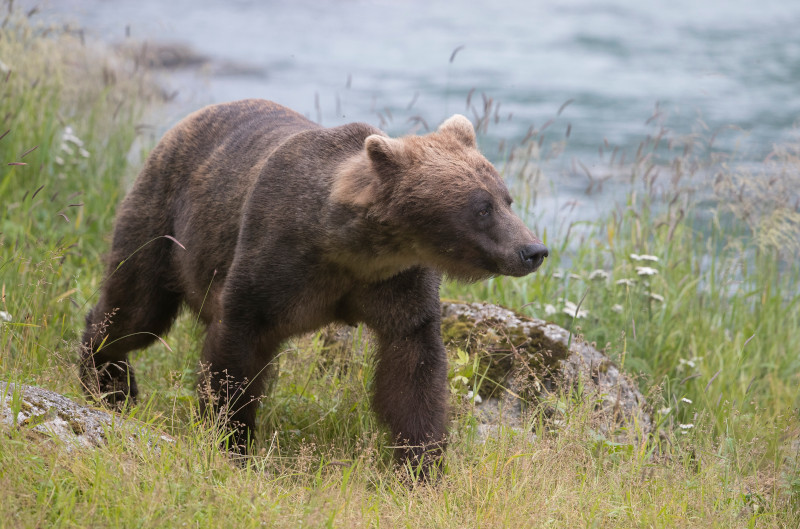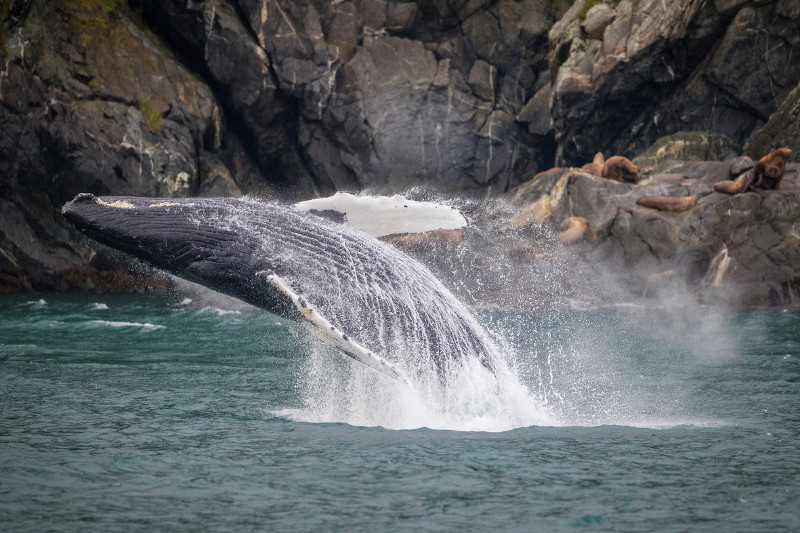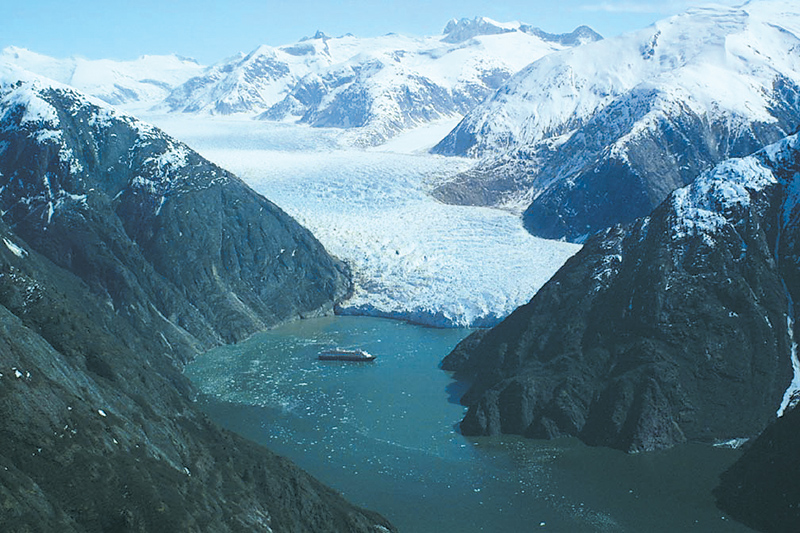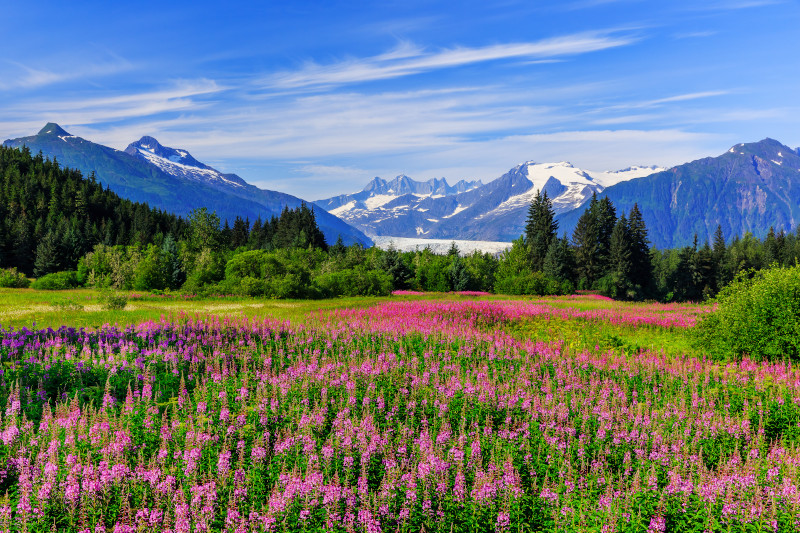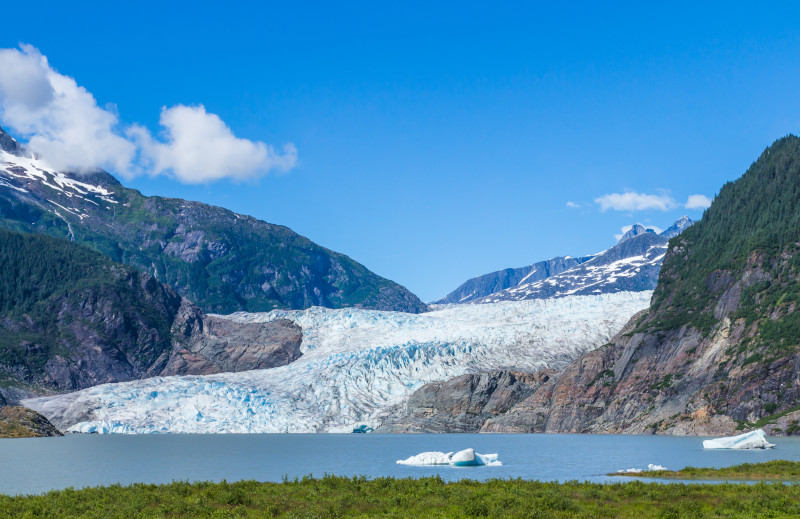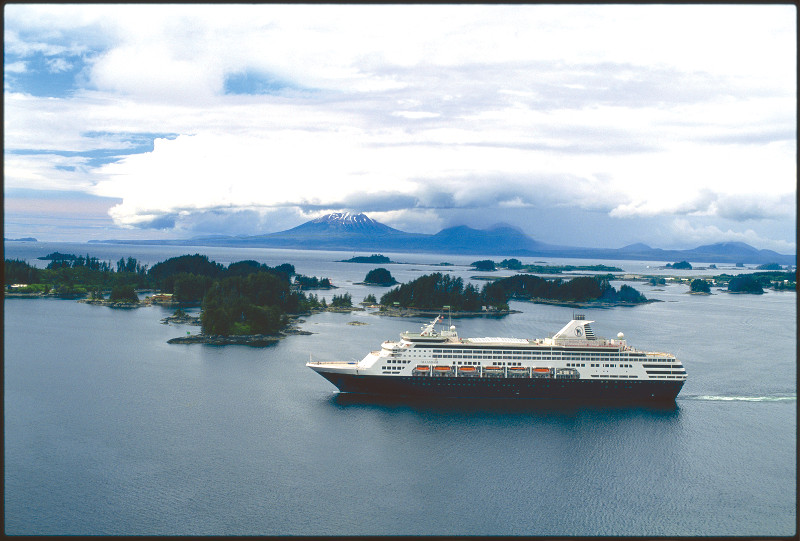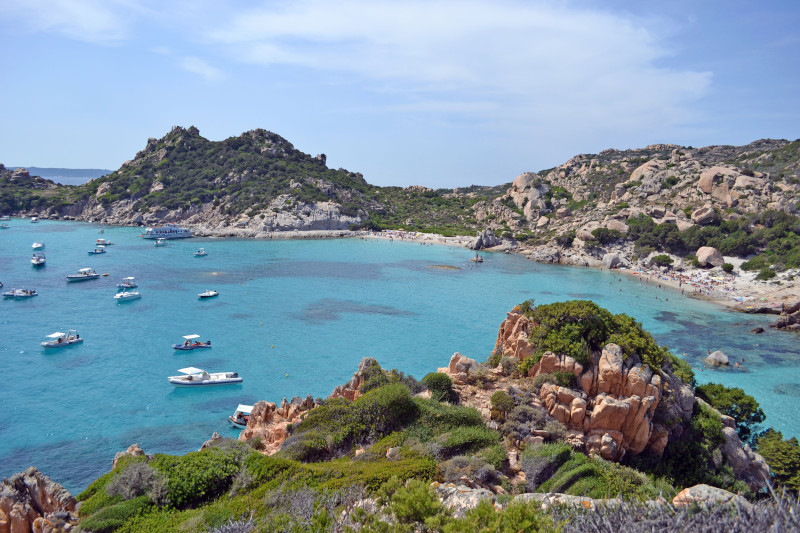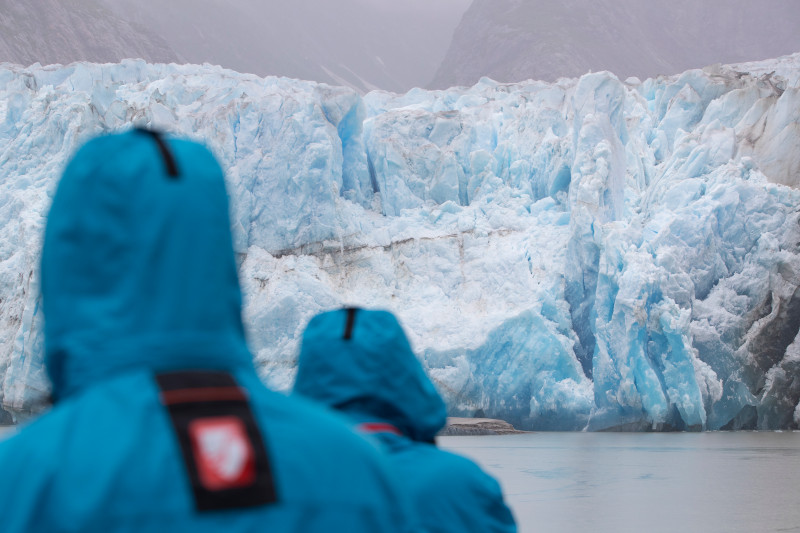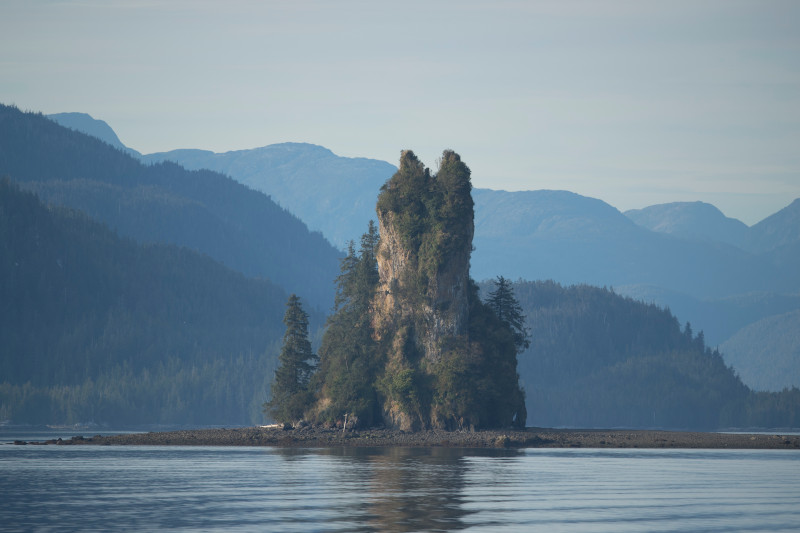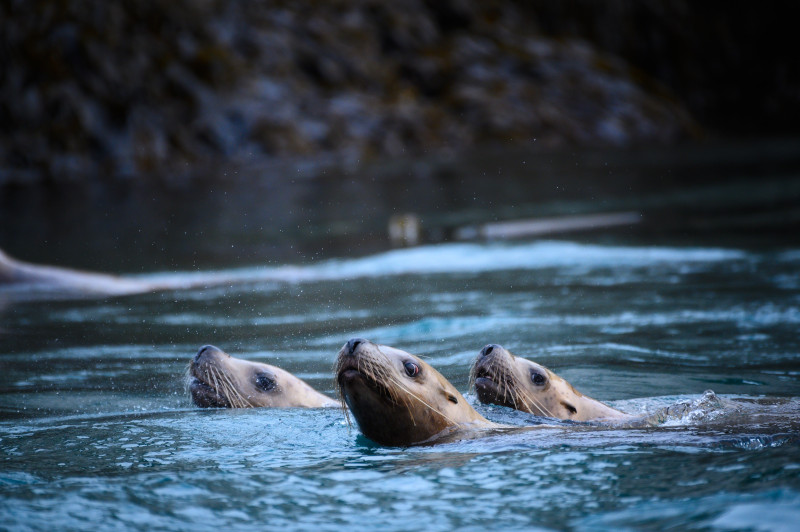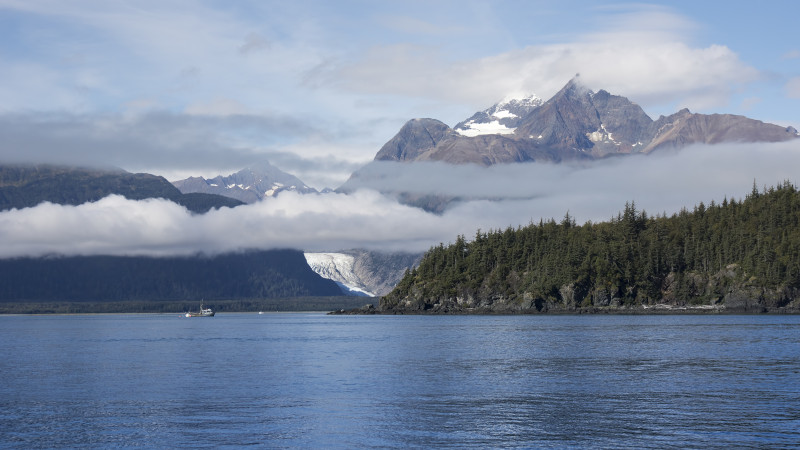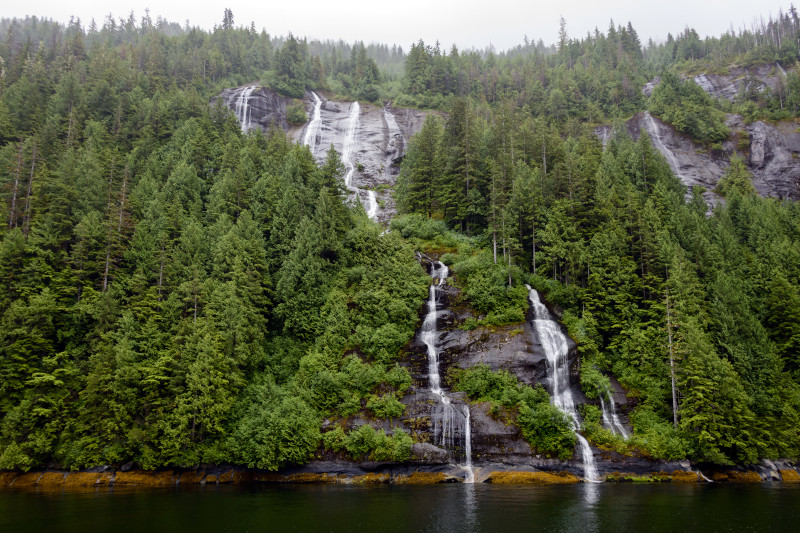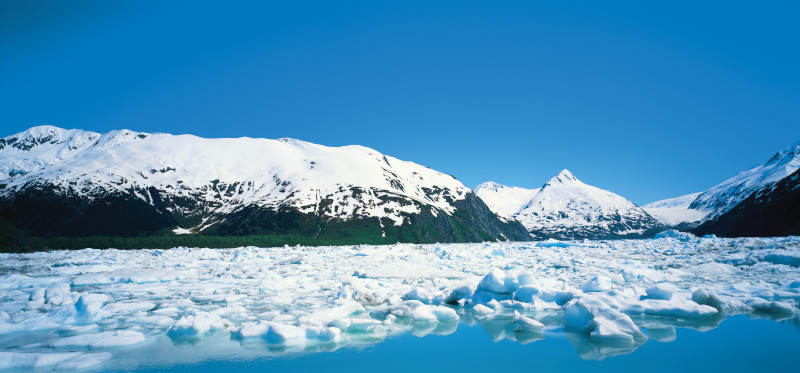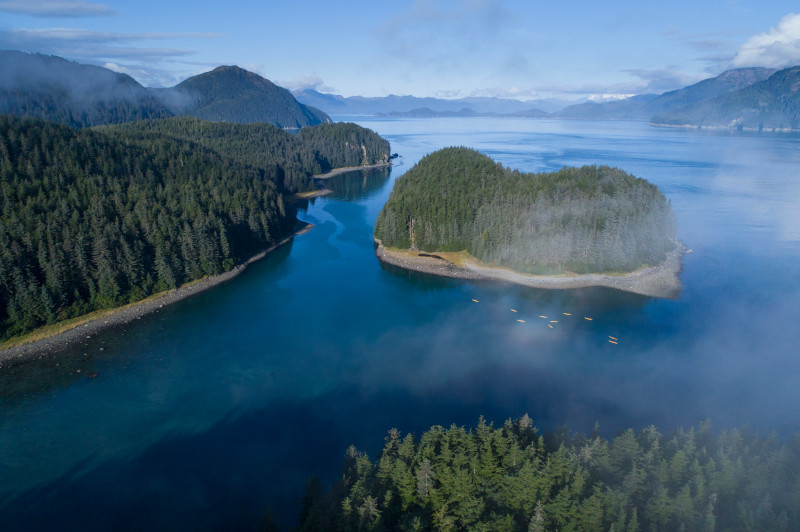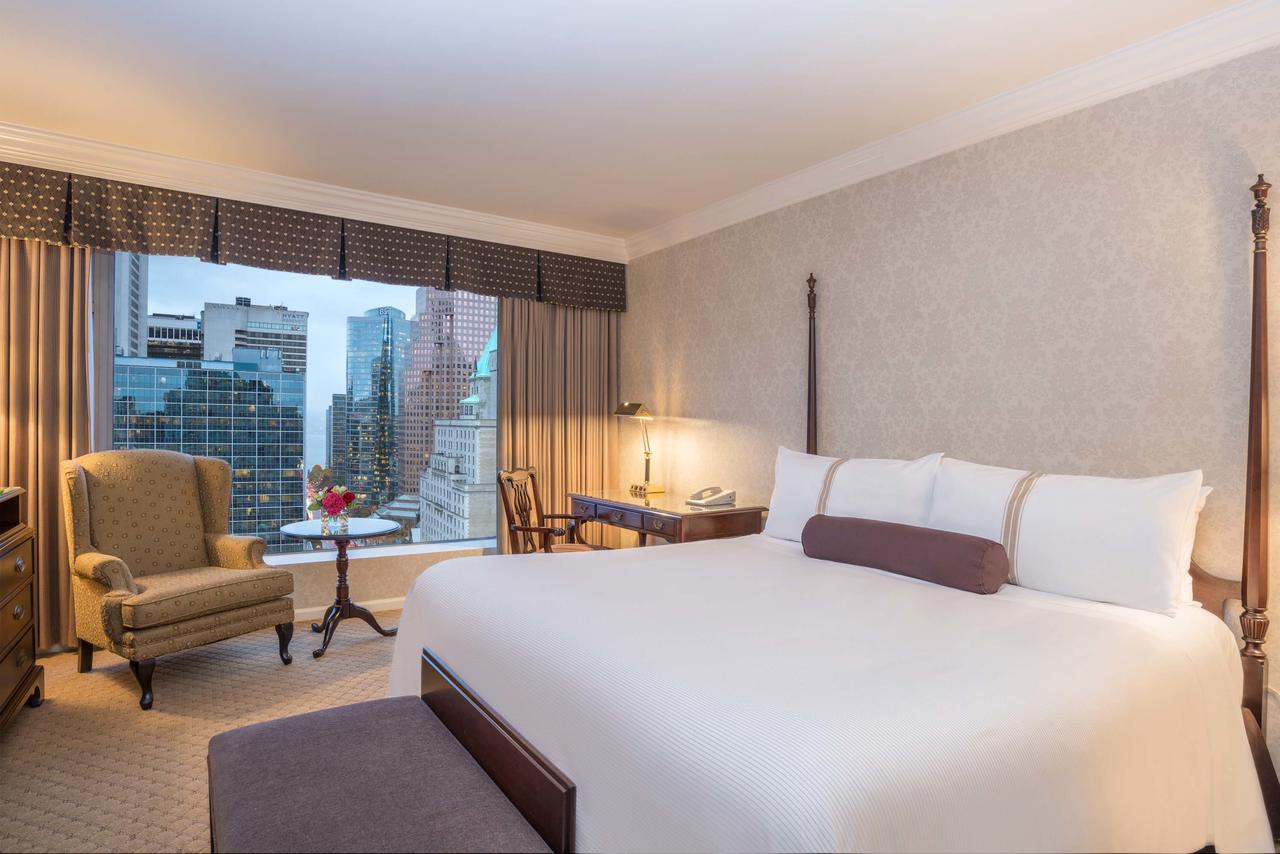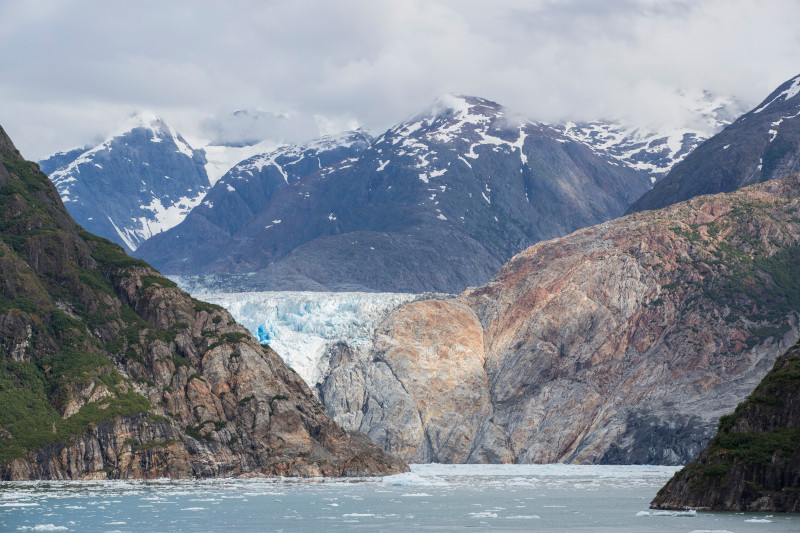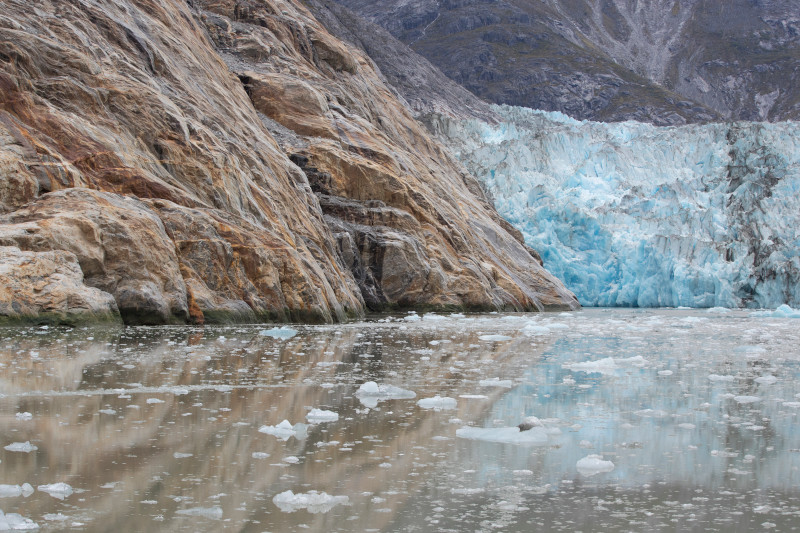- Details
- Itinerary
- Photos
Great Alaskan Explorer
The Great Alaskan Explorer, a fantastic 14-night cruise featuring stunning ports of call. Fly from the UK and enjoy 2 nights at leisure in the cosmopolitan city of Vancouver before joining Holland America Line’s Maasdam and experience nature’s awesome sculpting power at Tracy Arm and Hubbard Glacier. Visit Homer, the “Halibut Capital of the World”.
The Great Alaskan Explorer
Departs 15 May 2021
2 nights Vancouver
14 night Alaska Cruise
from £2999 pp
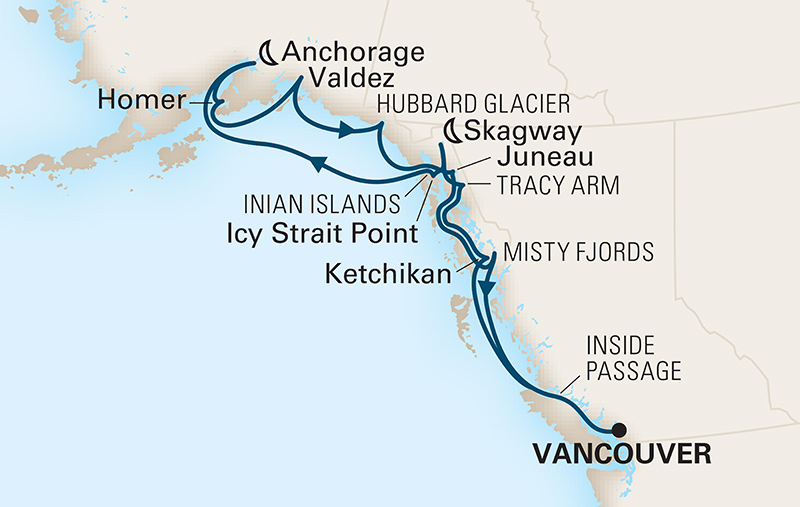
Sutton Place Hotel, Vancouver
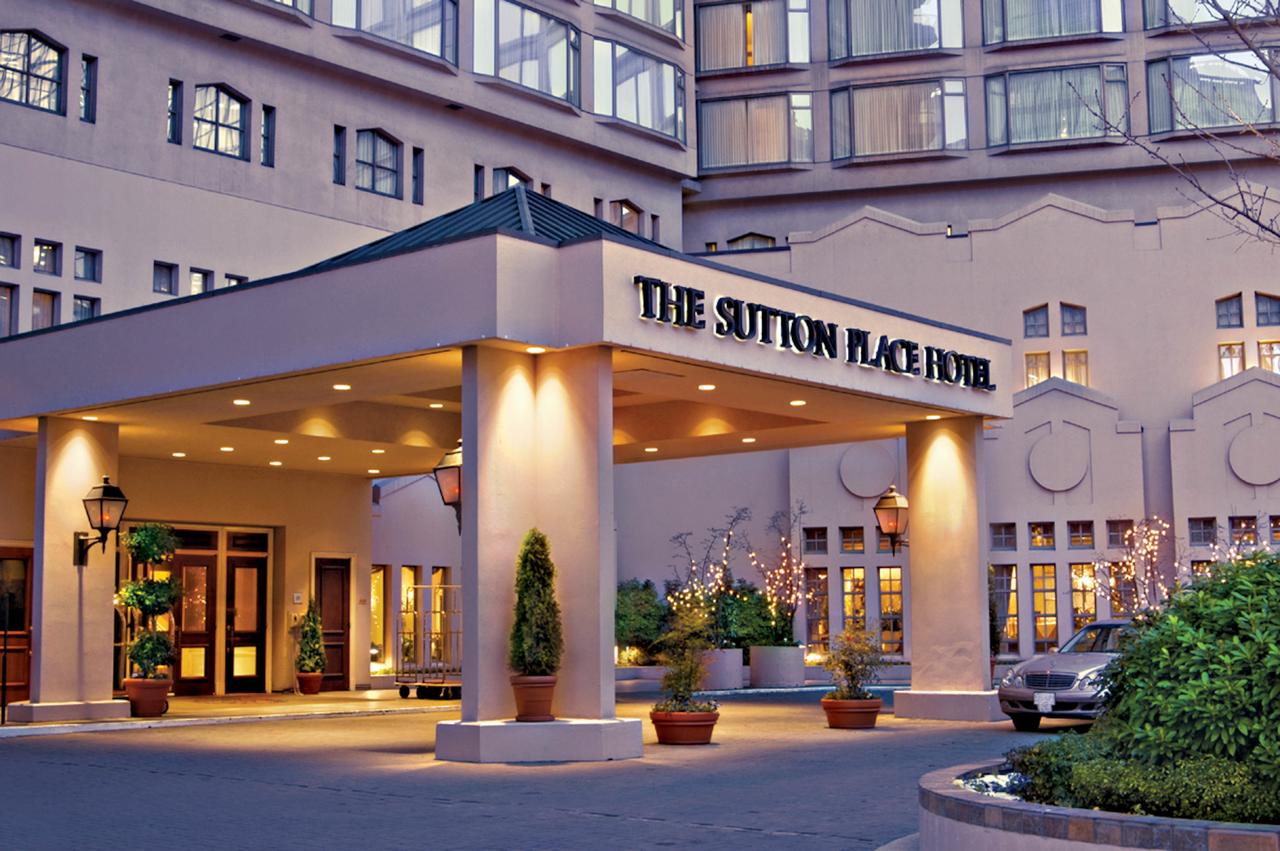
From a personal concierge to a signature restaurant and wine merchant, few hotels can rival the elegance, European charm, and hospitality of The Sutton Place Hotel Vancouver. Situated in the heart of downtown Vancouver, the spectacular setting allows guests to experience exceptional service with first-class amenities. Set against a majestic backdrop of mountains and sea, and with the city’s famous shopping, business, arts, and entertainment districts just steps away, guests will experience the perfect blend of luxury and cosmopolitan ambience. With its opulent surroundings, The Sutton Place Hotel Vancouver brings a taste of Europe to one of North America’s most beautiful cities. Luxury abounds from the lavishly appointed guest rooms, conference facilities, and fully furnished suites at La Grande Residence, to Boulevard Kitchen & Oyster Bar and complete beauty centre at Vida Spa.
From handcrafted furnishings, silk tapestries, and premium bedding, every detail at The Sutton Place Hotel is selected to represent a history of refined style and polished perfection that is inviting and impressive.
Great Alaskan Explorer with Holland America Line’s Maasdam
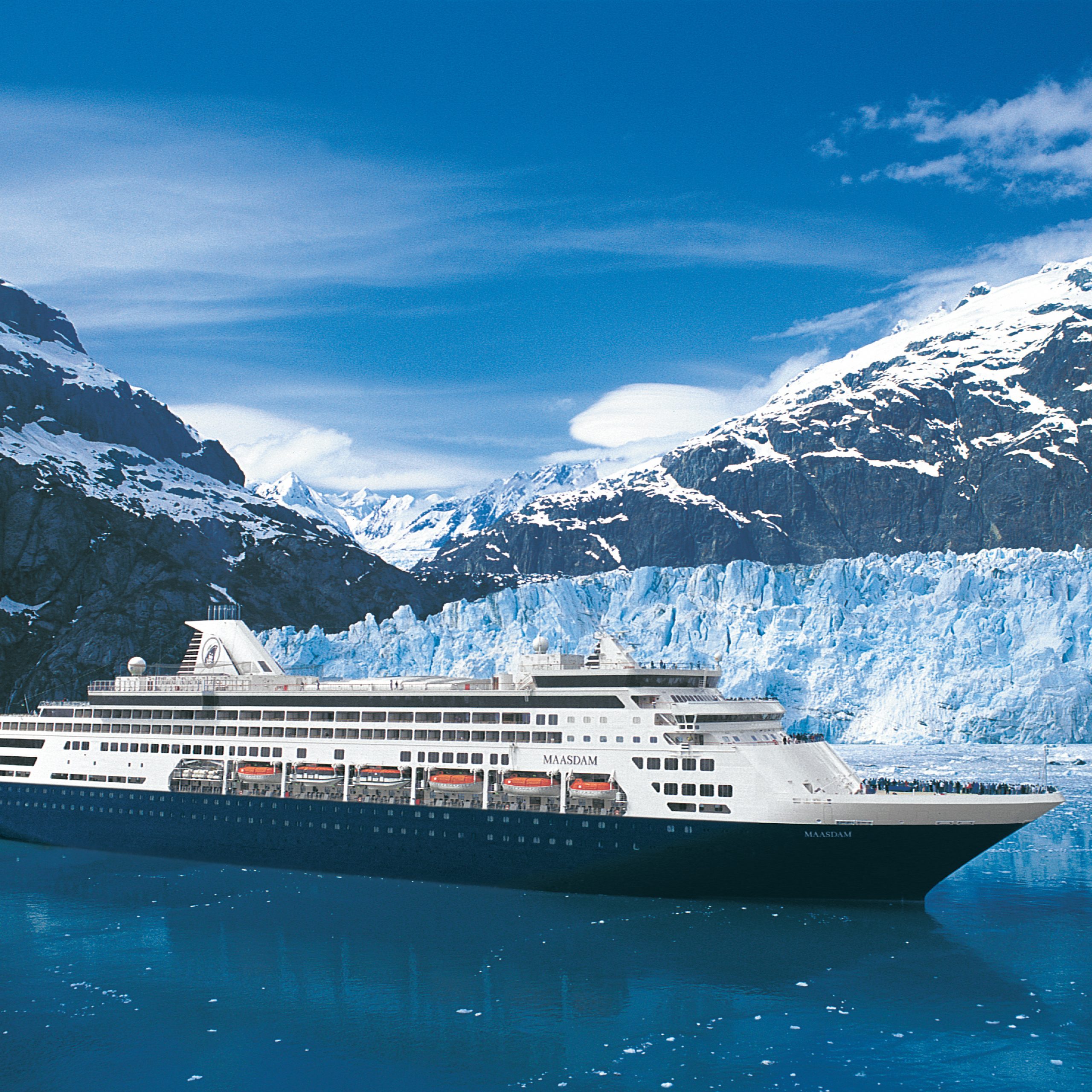
Maasdam showcases the world at its most engaging, authentic and personal. Every voyage features fascinating lectures, interactive workshops, cultural performances and memorable shore excursions to immerse you in each unique itinerary through some of the world’s most exotic locales. And being the only Holland America Line ship outfitted with nimble, inflatable Zodiacs, on select port calls you can explore further than ever before.
Price Includes
- Return flights from the UK
- Airport transfers
- 2 nights Sutton Place Hotel, Vancouver
- 14 night Grand Alaskan Explorer Cruise
Prices shown are based on 2 share. Flight from Glasgow 15 May 2021. Alternative departure airports available.
Itinerary
Sailing the Inside Passage offers opportunities to spot some of Alaska’s most iconic wildlife, with humpback whales and orca plying the bountiful waters alongside the ships, bald eagles soaring overhead and brown bears lumbering on the shoreline.
Numerous ports along the way recount Alaska’s colorful history. In Sitka, an onion-domed church marks Russia’s onetime foothold in the Americas; Ketchikan provides a glimpse of the Native Alaskan experience, with historic totem poles and native-arts galleries; and the legendary town center of Skagway bustles as it did at the turn of the 19th century, when it served as the rowdy Wild West gateway to the Klondike Gold Rush.
Ketchikan has long been an important hub of the salmon-fishing and -packing industries—visitors can try their luck on a sportfishing excursion or simply savor the fresh seafood at one of the local restaurants. It is also one of the best spots along the Inside Passage to explore the rich cultural sights of Native Alaskan nations like the Tlingit, Haida and Tsimshian. You can see intricately carved totem poles at the Totem Heritage Center and Totem Bight State Park, while the attractions of Saxman Village just outside of Ketchikan offers the chance to see Tlingit culture in action, with working carvers and a dance show in the clan house. And leave time to explore the sights in the town itself, including historic Creek Street, a boardwalk built over the Ketchikan Creek, where you can shop for souvenirs, smoked salmon and local art, while exploring gold rush–era tourist attractions like Dolly’s House Museum.
In the late 1890s, when Jack Dalton turned an Indian trail into a tollway ($10 for four horses with an unloaded sled or wagon), the town emerged as a stop for prospectors headed to the Yukon for the Klondike Gold Rush. Decades later it became a logging town, before turning to tourism beginning in the 1970s. These days, Haines is known as a haven for artists and nature lovers and is visited by far fewer cruise ships than other Alaskan coastal cities.
Haines is a hotspot for rafting and hiking, salmon-, halibut- and trout-fishing in the Chilkat River or kayaking on Chilkoot Lake—as well as heli-skiing in the winter. During the late fall and early winter, thousands of bald eagles migrate through this area to feed on the salmon, an event celebrated by the Alaska Bald Eagle Festival in November. The memory of prospector days lingers on with opportunities to pan for gold, while the Indian Arts gallery, with its totem pole carving studio, offers a glimpse of an even older Haines.
Canneries were the answer. Owning a cannery was having a license to print money. Really. As operations spread up and down Southeast Alaska, each cannery had its own currency. True company towns, canneries had their own workforce, their own laws. A big cannery needed a couple hundred workers, for everything from keeping books to making the millions of cans needed to ship all that fish, as well as the actual cleaning and prepping of fish on the line, called "slime row."
Canneries were usually somewhere beautiful, someplace you could see from far off and aim your boat towards. But canneries didn’t survive the advent of refrigeration. Most were taken back by the forest or simply left to rot. With one exception: Icy Strait Point, beautifully restored. Just opposite Glacier Bay, Icy Strait Point stretches for a few hundred meters along the beach; the old wooden buildings, bright red in the endless green of the Tongass, now offer a museum and a cannery demo. But more interesting is simply the madness of scale. Icy Strait Point gives a chance to look into history to see where Alaska’s money came from, all in a ghost town of millions of fish.
Inain Islands
Located at the northernmost point where the Gulf of Alaska enters the Inside Passage of Southeast Alaska, the Inian Islands are prime feeding waters for a wide array of creatures, including sea lions, humpback whales and sea otters. This is Alaska at its most pristine and wild.
Approximately 40 percent of Alaska’s population lives in Anchorage. This diverse city of 300,000 includes a large military population, Native Alaskans, individuals who work for the oil industry and adventure-seeking types who want to get away from “the Lower 48.” Much like Seattle, Anchorage is a place where you can find a coffee shop (or espresso shack) anywhere. Locals enjoy skijoring, a winter sport where a person is pulled on skis by one or more dogs or sometimes a horse. While some cities have deer, Anchorage has lots of moose, known for being a bit rambunctious (and should be steered clear of if seen wandering down a street).
Anchorage is a city where you can see the northern lights—the aurora borealis—on a clear dark night, typically during colder months. There are also plenty of active things to do and attractions to hike, bike and see wildlife such as the Tony Knowles Coastal Trail or Flattop Mountain Trail inside Chugach State Park.
The rich fishing grounds here attracted Native Alaskans centuries before Captain James Cook claimed the Kenai Peninsula for Britain in 1778. After some Russian tyranny—fur traders forced Native Alaskans to hunt sea-otter pelts for them—Homer got a proper start as an English-settled coal-mining town in the 1890s.
Today the area’s known as the Halibut Fishing Capital of the World, and it captivates audiences around the globe as the home of the Discovery Channel’s Kilcher family, made famous by Alaska: The Last Frontier. Homer’s port also anchors the F/V Time Bandit, which swashbuckled into TV viewers’ hearts via Deadliest Catch. Top Homer attractions include the Pratt Museum, the Alaska Islands and Ocean Visitor Center and hikes at Grewingk Glacier Lake.
The glacier is up to 65 meters (213 feet) wide at its face and 50 meters (164 feet) tall, but that’s only the tiniest piece of the ice: The main channel of this frozen river begins 122 kilometers (76 miles) back, pouring down from around the 3,400-meter (11,100-foot) mark off the shoulder of Mt. Walsh.
Hubbard is the longest tidewater glacier (meaning it ends at the ocean) in North America. But unlike nearly every other tidewater glacier on the continent, Hubbard is advancing, not retreating; it’s forever pushing a little further into the bay. Chunks of ice that break off become floaties for seals, who like the bergs because orca sonar doesn’t work well among them.
The deep blue of the face of the glacier on a sunny day—the color made by compression of ice crystals that can be a foot or more long—is the blue of the furthest stars. The glacier is on the move.
The city itself is pleasant, but the real highlight of a visit to Juneau is tracking down some wildlife. You can hike up Mount Roberts to chance upon wild deer and bald eagles. Most sightseeing and whale-watching tours head north to Auke Bay—bring a good pair of binoculars to get the best view of these majestic and surprisingly graceful creatures. If you prefer land mammals, catch a floatplane to a nearby wildlife reserve such as Chichagof or Admiralty Island to spy some bears lolling around.
The sleepy, misty city of around 32,000—mostly fishermen and small-business owners—has a frontier town vibe, but welcomes more than a million visitors each summer to its natural attractions, cementing Juneau as Alaska’s number-one tourist destination.
Sailing the Inside Passage offers opportunities to spot some of Alaska’s most iconic wildlife, with humpback whales and orca plying the bountiful waters alongside the ships, bald eagles soaring overhead and brown bears lumbering on the shoreline.
Numerous ports along the way recount Alaska’s colorful history. In Sitka, an onion-domed church marks Russia’s onetime foothold in the Americas; Ketchikan provides a glimpse of the Native Alaskan experience, with historic totem poles and native-arts galleries; and the legendary town center of Skagway bustles as it did at the turn of the 19th century, when it served as the rowdy Wild West gateway to the Klondike Gold Rush.
Transfer included

